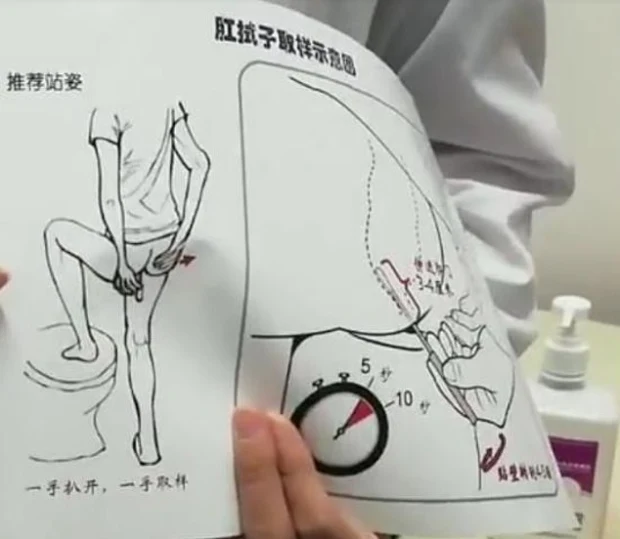Parts Of Link Below:
Under the new regime, physical, or allocated, gold, like bars and coins, will be reclassified from a tier 3 asset, the riskiest asset class, to a tier 1 zero-risk weight —putting it “right alongside with cash and currencies as an asset class,” said Adam Koos, president of Libertas Wealth Management Group.
Since physical gold will have a risk-free status, this could cause banks around the world to continue to buy more, Koos said, adding that central banks already have stepped up purchases of physical gold to be held in the institutions’ vaults, and not held in unallocated, or paper form.
Under the new rules, paper gold would be classified as more risky than physical gold, and no longer counted as an asset equal to gold bars or coins.
If a physical gold broker’s cost of financing his stock of coins and bars, for example, doubles, then it’s likely he’ll hold less inventory, and charge higher premiums for his products, Norman explained. “If financial markets become stressed and gold demand rises sharply, then physical supply would be greatly constrained
Goldmoney’s Macleod expects banks to be “discouraged” from dealings in gold forward contracts in London and in futures contracts on Comex.
That can lead to “greater price volatility and at the margin, some bank customers who have had unallocated gold and silver accounts will seek to maintain their exposure by buying physical bullion,” he said.
These new changes also come at a time of accelerated monetary inflation and it’s “very likely” that the combination of the two events “will drive price higher,” Macleod said. How much higher depends on how weak the dollar becomes in terms of its purchasing power, he said.
https://www.marketwatch.com/story/why-basel-iii-regulations-are-poised-to-shake-up-the-gold-market-11624561325





